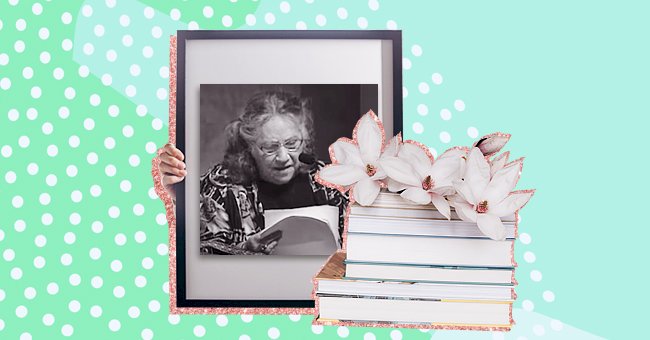
Diane Di Prima: Celebrating An Iconic Poet
Diane Di Prima, one of the most prominent woman poets associated with the male-dominated Beat movement, passed away October 25, at eighty-six.
The Beat generation maintains its relevance today in a climate of social upheaval and revolution. But her Beat period was only the beginning; over her long career, Ms. di Prima published some 50 poetry books and chapbooks.
Her husband, Sheppard Powell, confirmed her death at a hospital. The couple moved from their home in the city’s Excelsior district in 2017 to an elder care home considering her health problems.
Di Prima After Beat
“I don’t mind that people use the Beat label. It’s just that it’s very much of one time, a long time ago. A lot of people kept being Beat writers in terms of the language they used. I can do it sometimes but not most of the time.”
she told The Chicago Tribune in 2000.
Ms. di Prima lived a life eons away from a conventional suburban housewife’s semblance that was the prevailing image of the 1950s. She took an assortment of lovers, did some nude modeling for money, courting arrest with the publications she and her circle printed. She details some of these and other explorations in “Recollections of My Life as a Woman: The New York Years” (2001).
Notable Work: ‘Memoirs Of a Beatnik’
In mid-1968, the prolific poet and playwright, then thirty-four, had just relocated from New York City, where she was born and raised, to San Francisco.
She had earlier written the startlingly erotic “Memoirs of a Beatnik” (1969), which had autobiographical elements but was more novel. How she came to write it is indicative of the casual misogyny and active insult of the '60s counterculture. The book attained cult status as a unique feminist window onto a period when sexism was rife.
Life In San Fransisco
Di Prima worked with the Diggers, a group of artists and activists who provided free food to homeless youth. It was around this period of her life that di Prima began to discover Sanskrit and Buddhism.
These experiences culminated in the creation of her most famous poetry book, "Revolutionary Letters," first published in 1971. The poems within it function as both manifestos and how-to guides. She most famously read the poem.
'Revolutionary Letters'
di Prima famously read her poem, “Revolutionary Letter #4,” onstage at The Band’s Last Waltz concert in 1976. She continued to update and expand the collection until 2017.
“Left to themselves people,
They are not lazy or afraid,
They plant seeds, they smile, they
Speak to one another.”
The poem,' Revolutionary Letter #4' reads, in part
Her Family
In addition to her husband, whom she had been with for more than forty years, and her brother Frank, her children — Jeanne DiPrima, Dominique DiPrima, Alexander Marlowe, Tara Marlowe and Rudi DiPrima — survive her, along with another brother, Richard; five grandchildren; and three great-grandchildren.